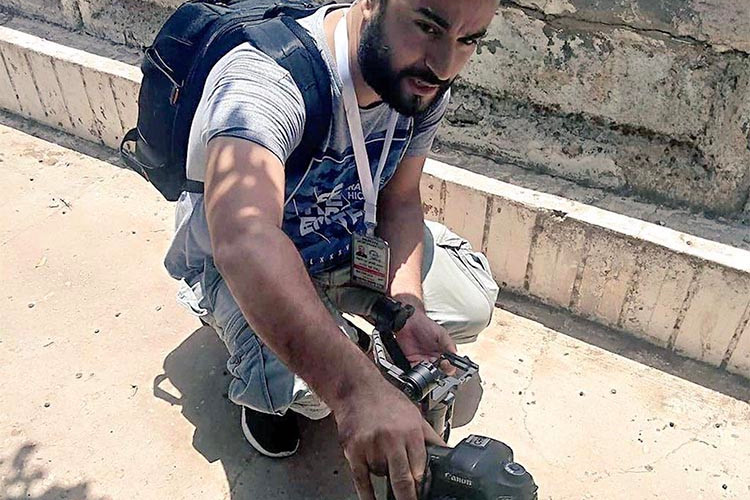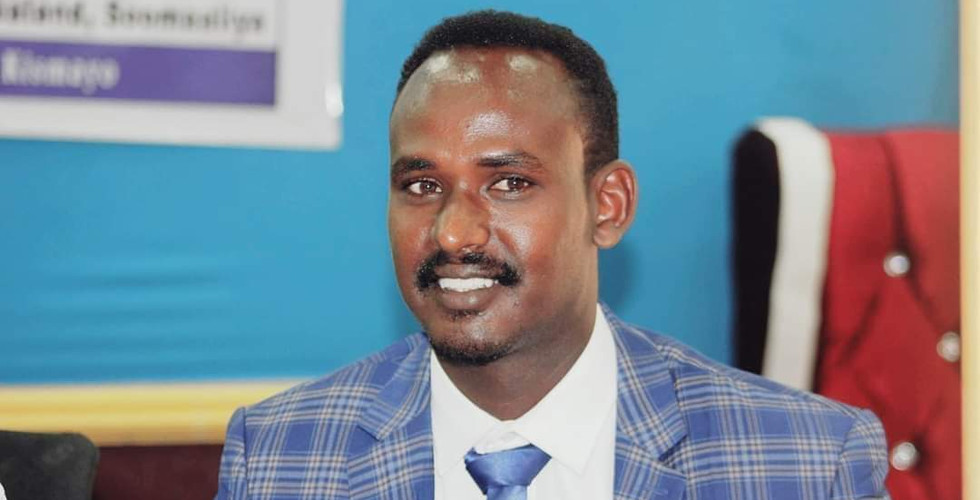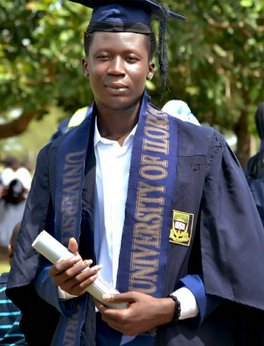Global Impunity Index 2019: Somalia tops the rankings
- Tebogo Gantsa
- Nov 2, 2019
- 2 min read
Somalia ranks as the top country with unresolved journalist killings according to the Committee to Protect Journalists’ (CPJ) Global Impunity Index 2019 released on October 29 2019.
The index is based on CPJ data on journalists murdered with complete impunity between September 1 2009 and August 31 2019. It focuses on the number of unsolved journalist murders as a percentage of a country’s population.

South Sudan ranked fourth and Nigeria 12 are the two other African countries appearing on the index. According to CPJ the 13 countries in the 2019 index are a mixed bag. Some are in regions plagued by conflict.
Others are relatively stable countries where criminal groups politicians, politicians, government officials and other actors resort to violence to silence critical and investigative reporting.

African journalists killed in 2019
Somalia is also the African country with the most journalists killed in 2019. The Instability and conflict that periodically engulfs the country makes it a dangerous place for journalists.
Conflict has also claimed the lives of three other journalists in Africa. Libyan photojournalist Mohamed Ben Khalifa was accompanying a militia patrolling an area in the south of Tripoli on January 19, 2019. He was killed by shrapnel from shells fired at the militia.
Chad-based camera operator Obed Nangbatna was embedded within the Chadian army to cover an anti-insurgency operation on May 25 when the vehicle they travelled in hit a landmine.
Meanwhile, Nigerian broadcast reporter Precious Owolabi was shot in confrontation between Shiite Muslim protesters and Nigerian police on July 22.
Integration TV founder Hodan Nalayeh and broadcast reporter Mohamed Sahal Omar were among the 26 people who were killed when gunmen stormed the Medina Hotel in Kismayo on July 12 2019.
The earliest unresolved case in Somalia recorded on the CPJ index which also involved armed conflict is the brutal killing of Anthony Macharia, Dan Eldon, Hosea Maina and Hansi Krauss in July 12 1993.
The journalists were covering attempts by a United Nations force of 20,000 to restore law and order in the chaos that ensued following the overthrow of the Siad Barre government in 1991.
On that fateful day the four rushed to cover the aftermath of a US aerial attack on General Mohamed Farah Aidid's compound that left more than 70 Somalis dead. A crowd at the compound angered by the raid attacked them with sticks, stones and guns soon after they arrived.



















Comments